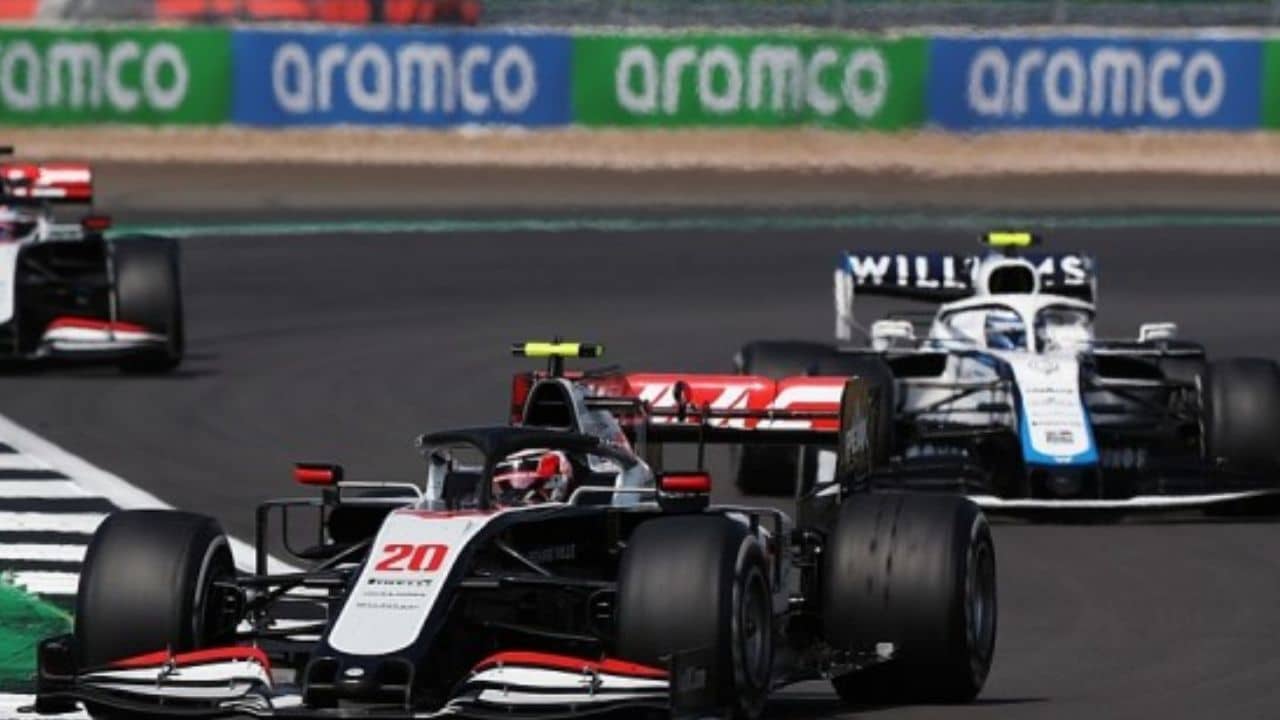Have a look at what is the meaning of DRS rules in Formula 1 this season and the F1 2023 detection zones
DRS has occasionally caused controversy despite being utilised in Formula One and other sports like Formula Two and Formula 3.
Since its introduction in F1 in 2011, there have been requests for the innovation’s removal from critics.
Four-time champion Sebastian Vettel has questioned the advantages of DRS, but Lando Norris is one of the drivers who believe in it.
F1 2023 DRS rules, detection zone, meaning explained
How does DRS work, what do the letters stand for, and what adjustments will be made for the 2023 Formula One season? You need to understand the following.
What does DRS mean?
DRS, which stands for Drag Reduction System, is a feature in cars that enables drivers to pass vehicles more quickly by activating a flap in the rear wing to reduce drag and reach top speed when they are less than a second behind the vehicle in front.
The change has generated controversy because some claim it adds an artificial component to the skill of overtaking, but the idea behind it is to make racing more interesting by boosting the likelihood of wheel-to-wheel competition.
What are DRS zones and how do they operate?
The flap in the centre of the wing can be activated by drivers by pressing a button as they pass through specified DRS Activation Zones on each circuit.
The device decreases the surface area of the wing to decrease drag and increase speed. It can also be utilised during practice and qualifying even when a car is ahead by more than a second as long as it is used inside an activation zone.
When DRS is engaged, electrical loops incorporated into the track surface measure the distance between cars and send a signal to any vehicle that is less than a second behind the car in front.
There is no requirement to employ DRS; it is only turned off when the driver next depresses the brake or releases the accelerator.
There have been criticisms that because the technology is more powerful than before, overtaking the current F1 vehicles has become too easy.
At Jeddah in March 2022, Max Verstappen and Charles Leclerc made the ludicrous mistake of slowing down to try to make sure they were behind when they could utilise DRS, giving them a better chance of passing.
Race directors have the option of disabling DRS when track conditions are deemed unsafe owing to weather or racing events.
Drivers asked about a second DRS zone in Japan.
Vettel: "I don't like DRS. Now we're in Japan, you know Mario Kart, maybe it would be better to throw bananas out of the car than have DRS!" #F1
— Chris Medland (@ChrisMedlandF1) October 4, 2018
There are how many DRS zones?
Each track has a varying number of zones depending on several factors, including how easy it is to overtake.
DRS zones are most often seen along straightaways, however, they can be used on some bends as well. Due to two big incidents during that race, a zone that crossed two turns during the 2018 British Grand Prix was eliminated.
The most DRS zones to ever exist on an F1 track were three.
What has changed about DRS regulations for F1 in 2023?
The regulatory authority, the FIA, used data from the 2022 season to make changes to the Bahrain, Jeddah, Melbourne, Baku, and Miami circuits.
While DRS is now restricted during the first two circuits of a race and immediately following restarts, Melbourne will get a fourth DRS zone, and that time frame will be reduced to one lap beginning with the first of the six Saturday sprint races in 2023.
If it is determined that the one-lap rule tweak has resulted in better races, sprint trials may adopt it permanently starting in 2024.



